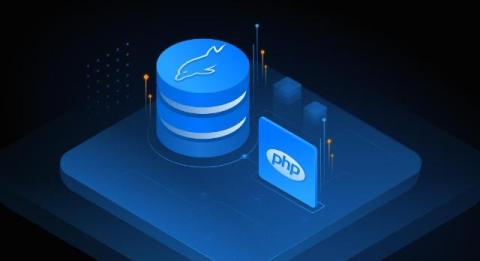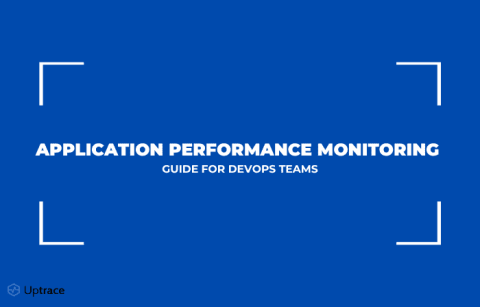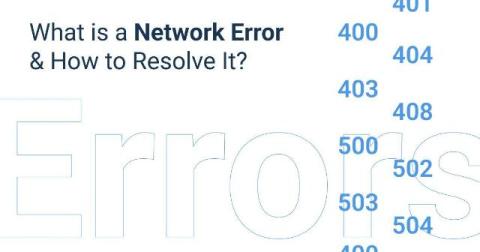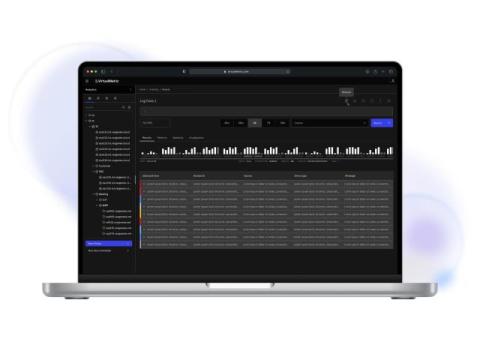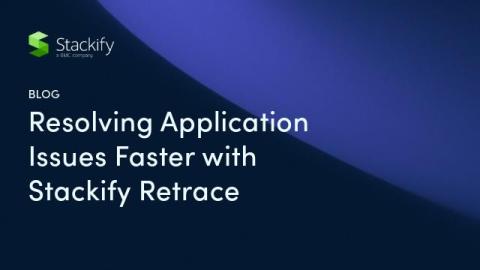Incident Response Automation: How It Works & Why It Speeds Up Resolutions
The speed at which you respond to incidents can make or break user satisfaction, team morale, and business continuity. Whether it’s a server crash, a security breach, or a software bug affecting users, rapid and efficient incident management is key to maintaining a strong reputation and minimizing operational downtime. And while traditional manual responses have worked in the past, automated incident response is now paving the way for faster, smarter, and more efficient handling of these issues.



